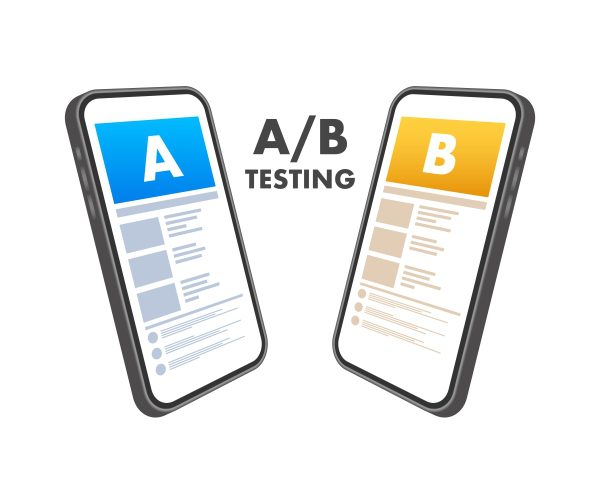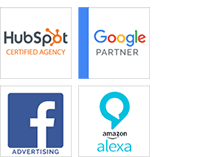
5 Proven Brand Development Strategies to Future-Proof Your Business in 2025
In 2025, your competitors aren’t just launching new products—they’re telling better stories, connecting more deeply, and pivoting faster than ever. To thrive in today’s saturated market, your brand development strategy must do more than look good—it must resonate, adapt, and endure.
Drawing insights from leaders in branding and entrepreneurship, here are 5 proven strategies to future-proof your brand and make it unshakable in the face of disruption.
1. Tell a Story that Reflects Purpose, Not Just Product
People don’t connect with what you sell—they connect with why you sell it. Whether it’s sustainability, innovation, or inclusion, today’s consumers expect brands to stand for something more. Future-proof brands lead with mission, not marketing.
Action Step:
Build a brand manifesto that defines your mission, vision, and values—and integrate it across your campaigns, content, and customer experience.
Read more about: What is Brand Development and How Does It Work?
2. Develop a Distinctive Visual and Verbal Identity
Looking and sounding like everyone else is a recipe for invisibility in a crowded marketplace. A unique visual identity paired with a defined voice ensures your brand is instantly recognizable and emotionally memorable.
Canva’s guide stresses that consistent fonts, colors, logos, and tone-of-voice guidelines help build brand equity over time.
Action Step:
Create a brand style guide covering typography, color palette, logo usage, tone, and content dos and don’ts to ensure consistency across every touchpoint.
“Your marketing team can help you determine what name, tagline and logo will resonate with your audience. Nike’s Just Do It! has become a staple of a strong statement just as “It’s Finger Lickin Good” or “Just like a Good Neighbor, State Farm is there.”
3. Build Micro-Community Loyalty, Not Just Mass Awareness
While many brands chase virality, future-proof brands focus on cultivating loyal niche communities. These micro-group often become the loudest advocates and most consistent buyers. Engaging with specific communities—rather than broadcasting to the masses—leads to more authentic interaction and longer-term growth.
These micro-group often become the loudest advocates and most consistent buyers. Engaging with specific communities—rather than broadcasting to the masses—leads to more authentic interaction and longer-term growth.
Action Step:
Identify your core audience segments and go deeper—create private groups, host AMAs, offer early access or exclusive content to reward loyalty and encourage co-creation.
4. Prioritize Emotional Connection Over Transactional Touchpoints
Winning brands don’t just meet needs—they stir emotions. Whether through humor, nostalgia, or empathy, creating an emotional connection builds brand stickiness.
HubSpot notes that emotionally connected customers have a 306% higher lifetime value. The key is mapping your customer journey and identifying moments that spark genuine human connection.
Action Step:
Use customer data and sentiment analysis to uncover what feelings your brand currently evokes. Adjust your messaging and campaigns to deepen emotional resonance.
5. Stay Agile—Design for Iteration, Not Perfection
Markets shift. Algorithms change. New competitors emerge. Your brand needs a flexible foundation that can evolve while staying true to its essence.
The importance of modular brand systems that allow for quick iteration without compromising identity.
Action Step:
Revisit your brand messaging and creative assets quarterly. Conduct brand audits, A/B test campaign variations, and be ready to pivot when consumer behavior shifts.
”A good company always has ongoing research or audits to find out how to appraise their image, products, and services.“
Final Thoughts
A strong brand development strategy doesn’t just help you stand out in 2025—it equips your business to adapt, endure, and lead in the years beyond. By embracing authenticity, investing in emotional intelligence, and committing to consistency with agility, your brand won’t just survive saturation—it’ll shape the future of your industry.
Ready to future-proof your brand?
Start crafting a strategy that connects, adapts, and endures—because in 2025, relevance is everything. Hire a marketing consultant to develop a strong brand strategy from scratch.
For more information, call us at 630-627-5200 or Request A Consultation Today!


































